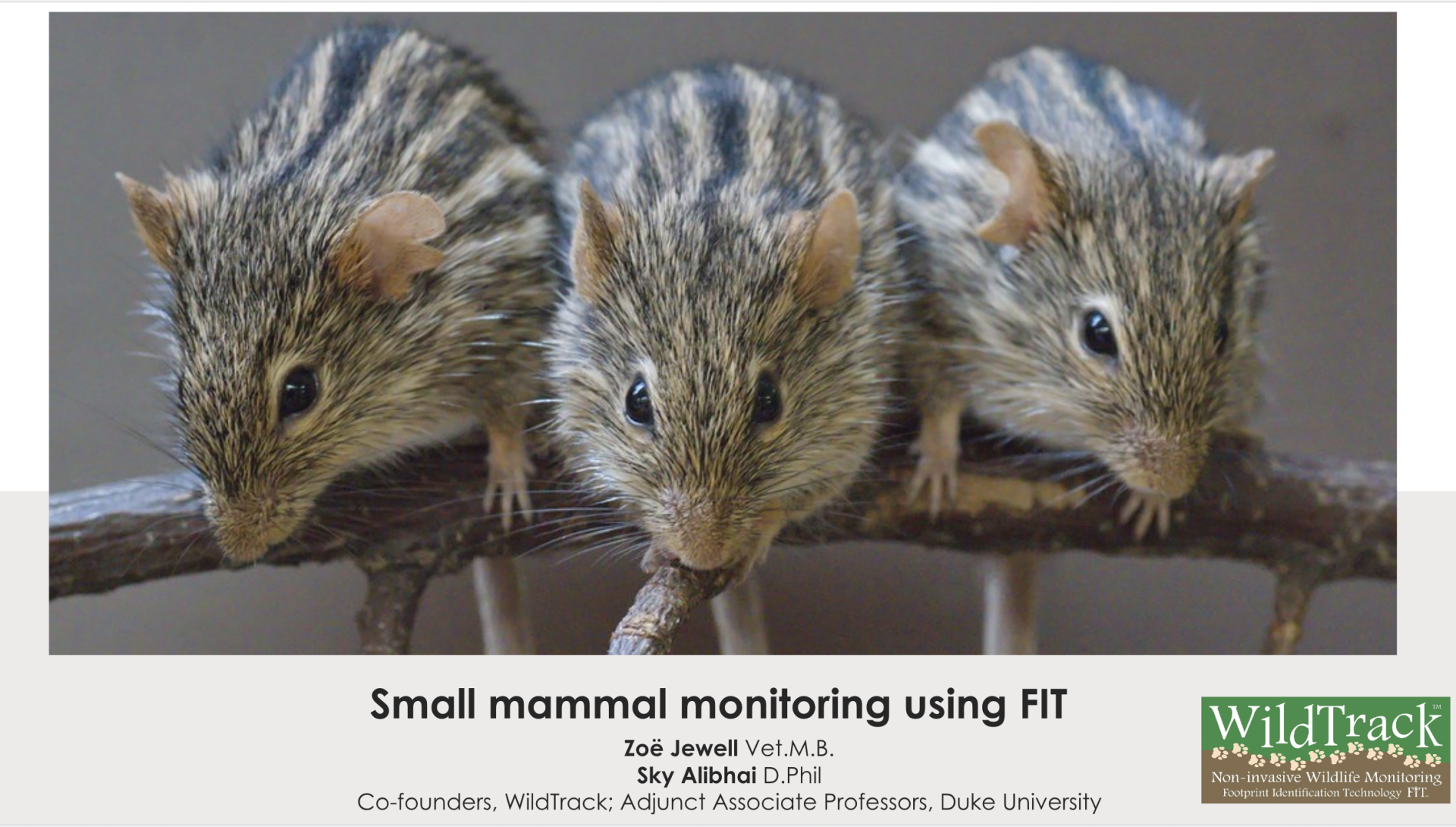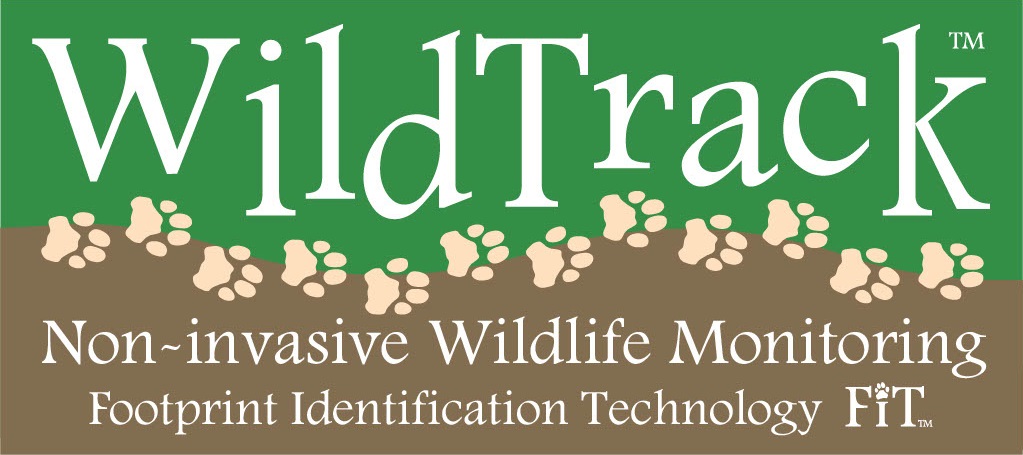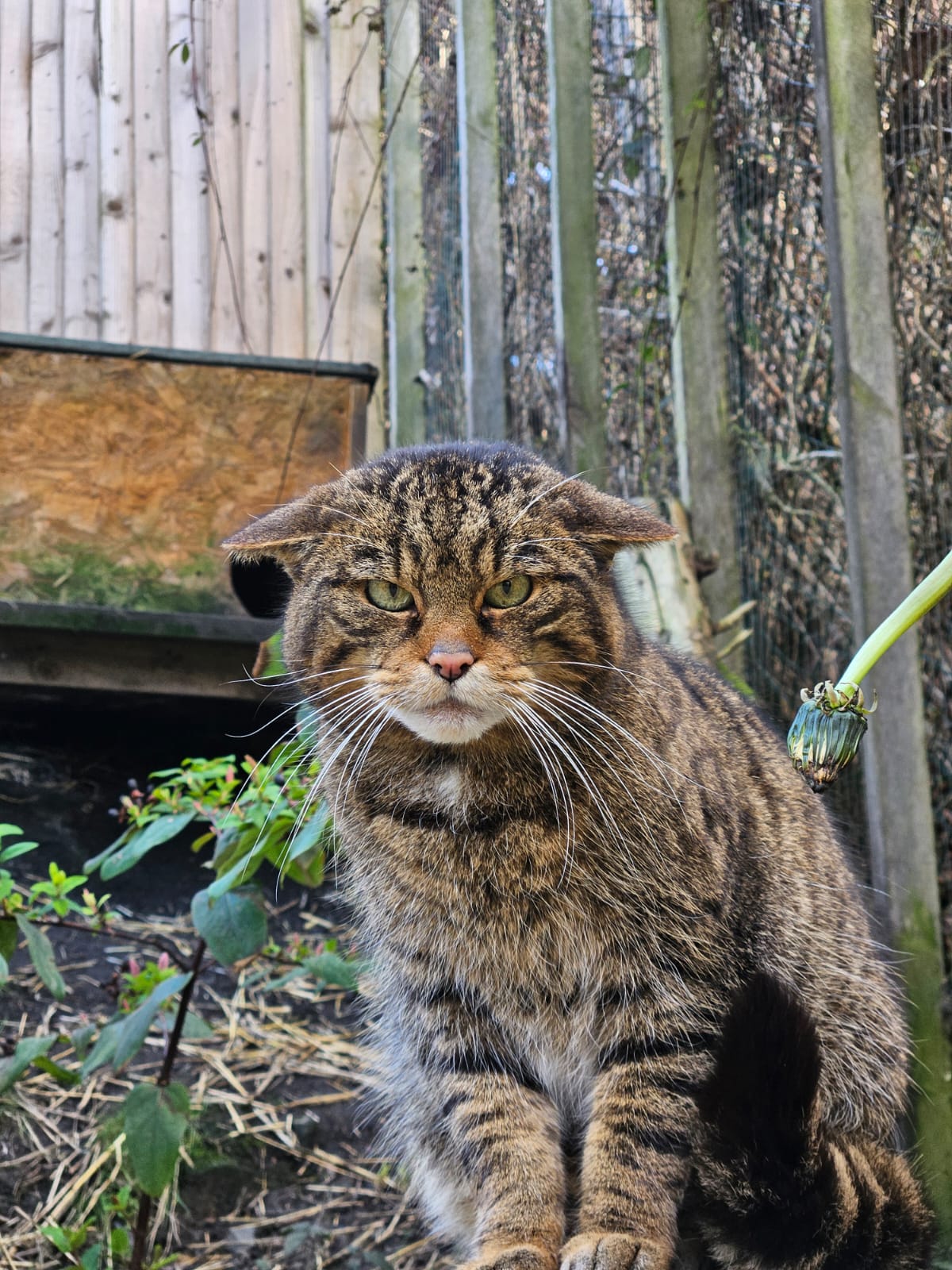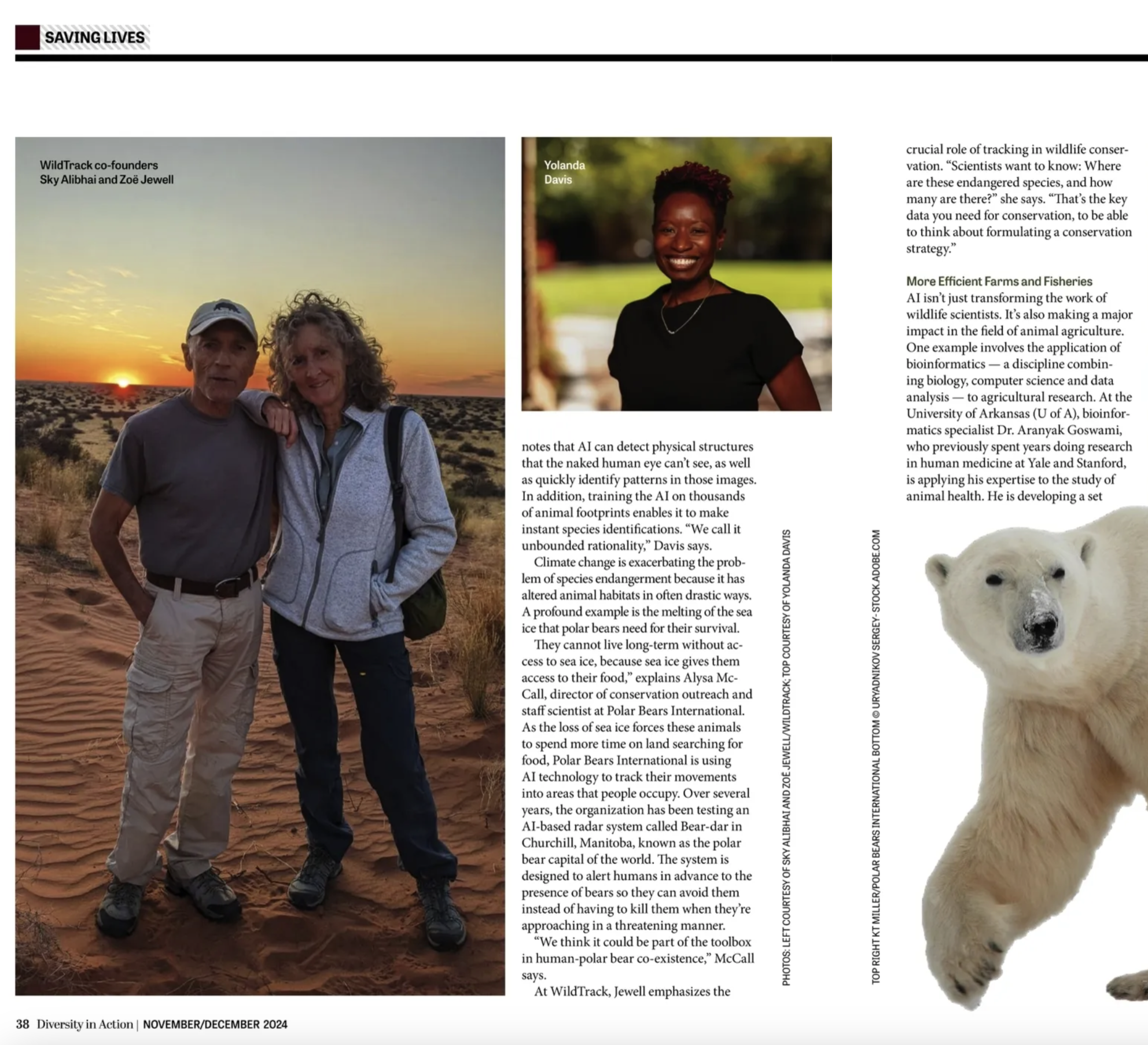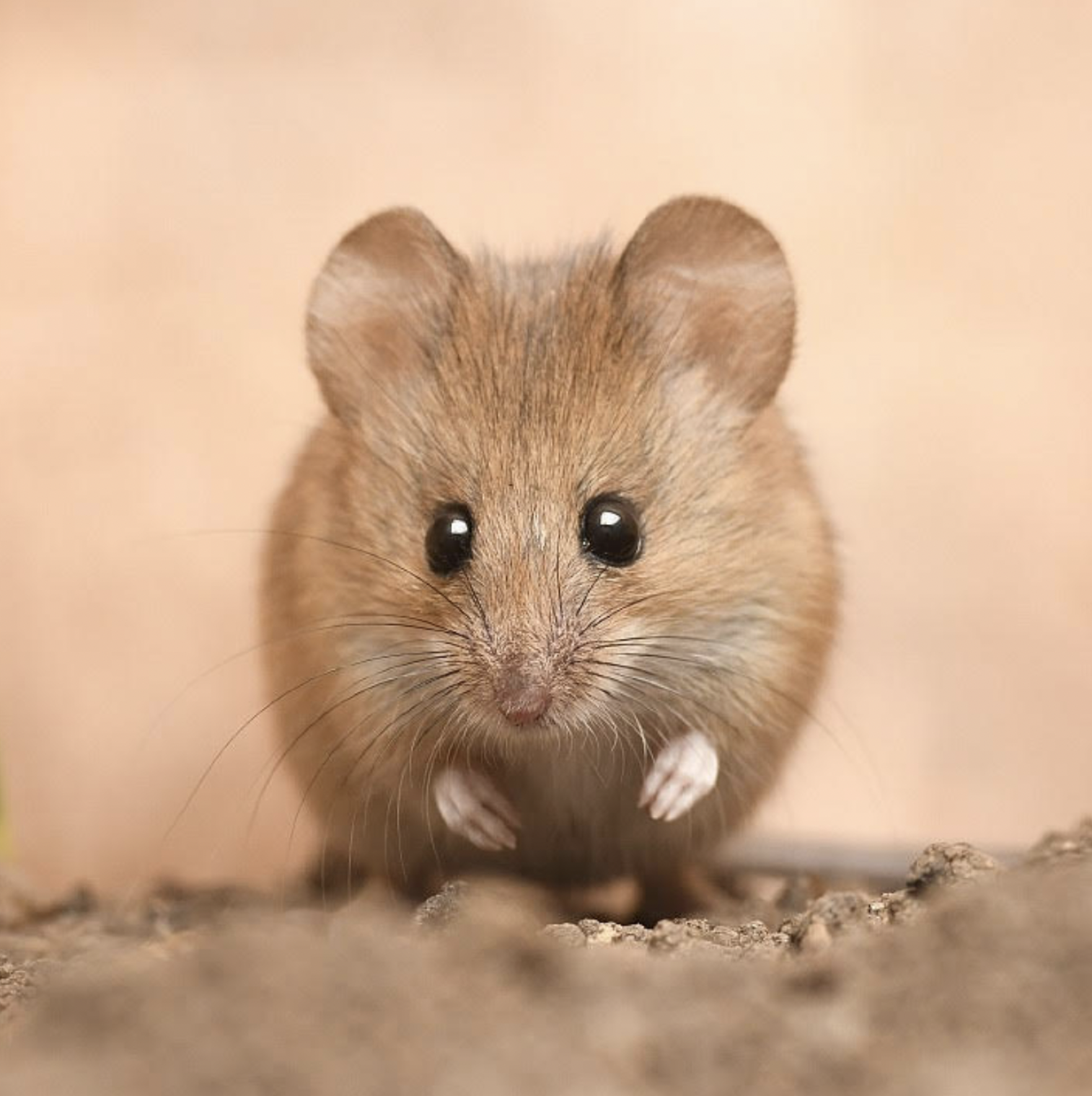New WildTrack Small Mammal Group shares challenges and opportunities
What exactly is a small mammal? The International Biological Programme has defined small mammals as species weighing up to 5 kg. The International Union for Conservation of Nature ( IUCN), on the other hand, groups the orders of rodents, tree shrews and eulipotyphlans(insectovores) together under the term small mammals.
However you define them, small mammals occupy that critical middle ground in the food chain, being dependent on plants and insects, and being a primary food source for so much fauna in the higher trophic levels. As such they are useful indicators of environmental health.
But to understand their functions better, we have to know how many species exist, and where. They are usually too small to see on a camera trap and very hard to find in the undergrowth. But at WildTrack we’re yet again meshing old technology with new to provide an innovative solution. Track plates! This relatively old technology relies on animals walking over an inked or sooted plate on the ground and leaving footprints. Previously, experts were required to identify the species from the prints they left behind. It was slow and laborious. Now, FIT is beginning to automate this process to produce statistically reliable classifications of species, sex and individuals.
Our new WildTrack Small Mammal group, which met today for the first time, consists of researchers from the UK, Greece, Israel, Lebanon, Botswana, Namibia and the USA, coming together to share common challenges (how many species occupy our study areas?) and common opportunities (linking habitats by corridors can greatly improve conservation outcomes). We’re excited to be working with such an amazing group of people all working with what is arguably one of the most important groups of animals alive today.
